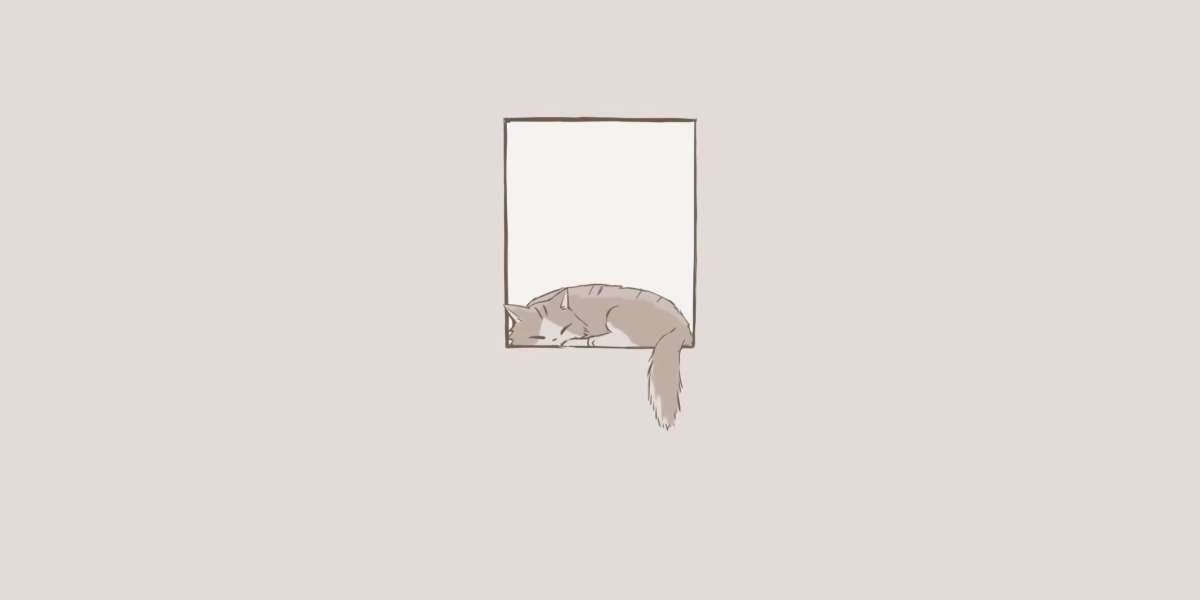The microbial-derived fibre market is evolving into a cornerstone of the bioeconomy, offering an eco-efficient alternative to conventional fibres. Utilizing microbial fermentation processes, these fibres are being developed for applications ranging from textiles and food to healthcare and packaging. As this market shifts from laboratory innovations to large-scale commercial applications, a deeper analysis reveals significant progress in production efficiency, ecosystem integration, and competitive alignment. Key players, both established firms and biotech disruptors, are strategically positioning themselves to capitalize on this green material revolution.
Value Chain Integration Enhancing Efficiency
A central theme in the market’s current landscape is value chain optimization. Many companies are working to integrate every stage of the microbial fibre production process—from microbial strain development and feedstock procurement to downstream processing and application customization. This vertical integration is not only streamlining operations but also reducing the time-to-market for new products.
By owning multiple steps in the supply chain, companies are able to minimize costs, improve quality control, and respond faster to client demands. Moreover, partnerships with agriculture and food waste management entities for feedstock supply are helping to close the loop on sustainability.
Competitive Landscape Diversifying Rapidly
The competitive dynamics in the microbial-derived fibre market are shifting as new entrants bring unique biotechnological capabilities and business models. While first-movers like MycoWorks and Bolt Threads maintain a lead in fungal and bacterial fibre applications, a second wave of competitors is emerging from academic spin-offs and biofoundry accelerators.
These players are diversifying the market by focusing on different microbes, including algae and yeast, and targeting new end uses such as packaging foams, medical textiles, and high-fiber nutraceuticals. Regional clusters are also forming, particularly in the U.S., EU, and Southeast Asia, where government-backed bioeconomy initiatives provide a competitive edge.
Technical Bottlenecks and Their Mitigation
Despite promising progress, technical hurdles remain a defining factor in the market’s expansion. Yield optimization, batch-to-batch consistency, and fibre modification for specific applications are persistent challenges. Many companies are investing in metabolic engineering and synthetic biology to fine-tune microbial strains for higher output and desirable material properties.
Advanced bioreactors with real-time monitoring and AI-driven process control are being adopted to address reproducibility issues. Additionally, modular manufacturing systems are emerging to help scale production while allowing flexibility across geographies and fibre types.
Strategic Partnerships Accelerating Commercialization
Collaboration is proving to be a vital catalyst in market development. Strategic alliances between microbial fibre startups and established consumer brands are fast-tracking commercialization. For example, collaborations with sportswear companies, luxury fashion houses, and high-performance automotive manufacturers are providing real-world testing grounds and promotional leverage for microbial fibre products.
In addition to consumer-facing brands, many producers are partnering with contract manufacturing organizations (CMOs) and research institutions to accelerate process development and regulatory approvals. These partnerships are crucial in overcoming capital and expertise limitations often faced by early-stage biotech firms.
Regulatory Navigation and Certification Challenges
As the microbial-derived fibre market grows, regulatory considerations are becoming increasingly complex. Different jurisdictions have varying requirements regarding microbial strains, genetic modification, and biodegradability standards. Navigating this patchwork is essential for global scale-up.
Producers are seeking third-party certifications such as GOTS, USDA Biobased, and EU Ecolabel to validate product claims and enhance customer trust. Simultaneously, lobbying efforts are underway to influence policies that support microbial fibre adoption, such as textile subsidies for low-carbon materials and R&D tax incentives.
Market Segmentation and End-User Diversification
A key analytical insight is the growing segmentation of the market by end-user application. While textiles remain the largest and most visible sector, microbial-derived fibres are making inroads into packaging, construction, cosmetics, and personal hygiene. For instance, cellulose-like microbial fibres are being explored for use in nonwoven wipes and sustainable packaging films.
This diversification is creating a buffer against overdependence on any one sector and allowing producers to adapt quickly to changing market demands or regulatory pressures in specific industries.
In summary, the microbial-derived fibre market is undergoing significant transformation, characterized by strategic integration, expanding applications, and intensifying competition. As firms refine their production techniques, form strategic partnerships, and navigate the regulatory landscape, they are establishing robust foundations for long-term commercial success. The market’s ability to address existing material sustainability challenges while providing high-performance alternatives makes microbial-derived fibres one of the most promising innovations in the circular bioeconomy.








